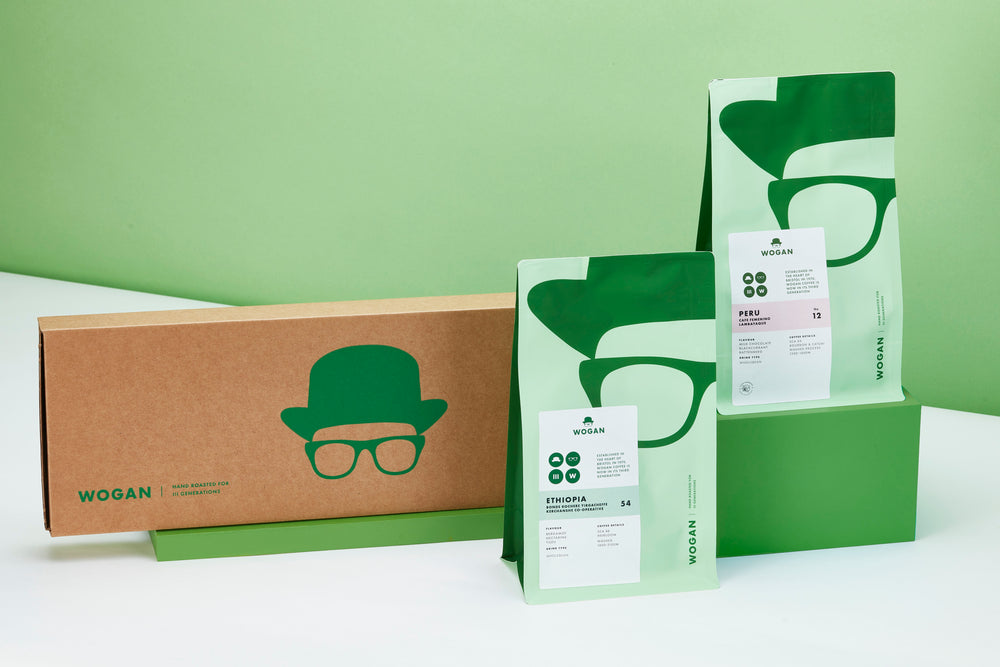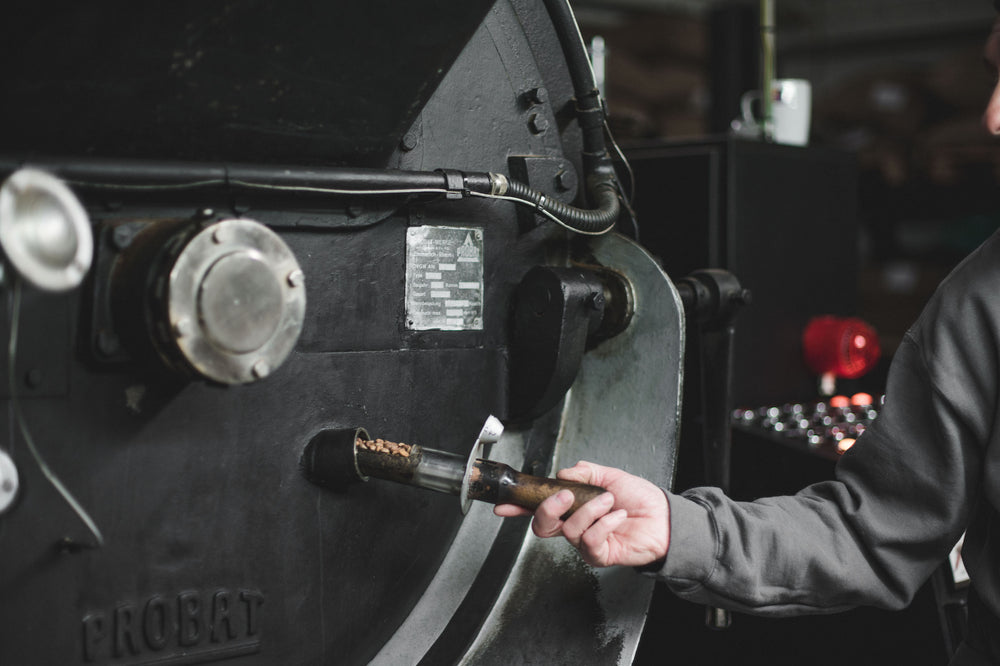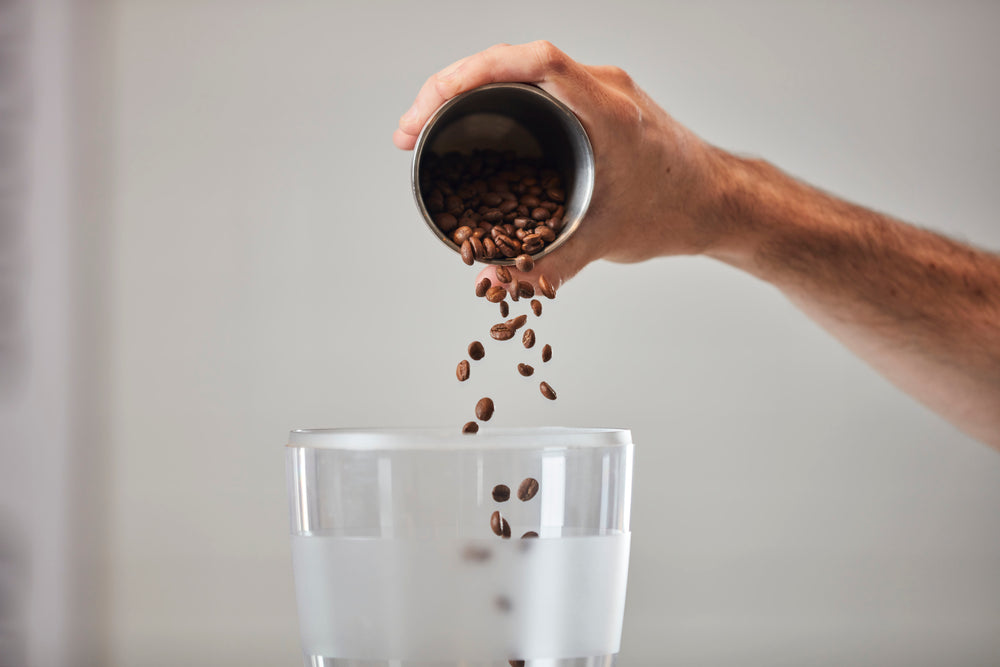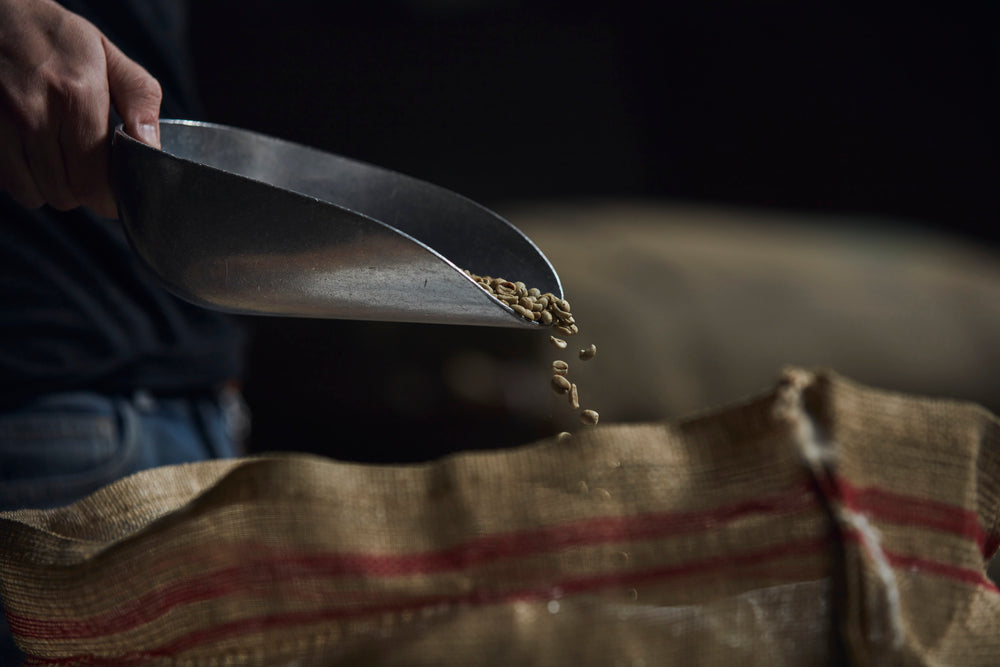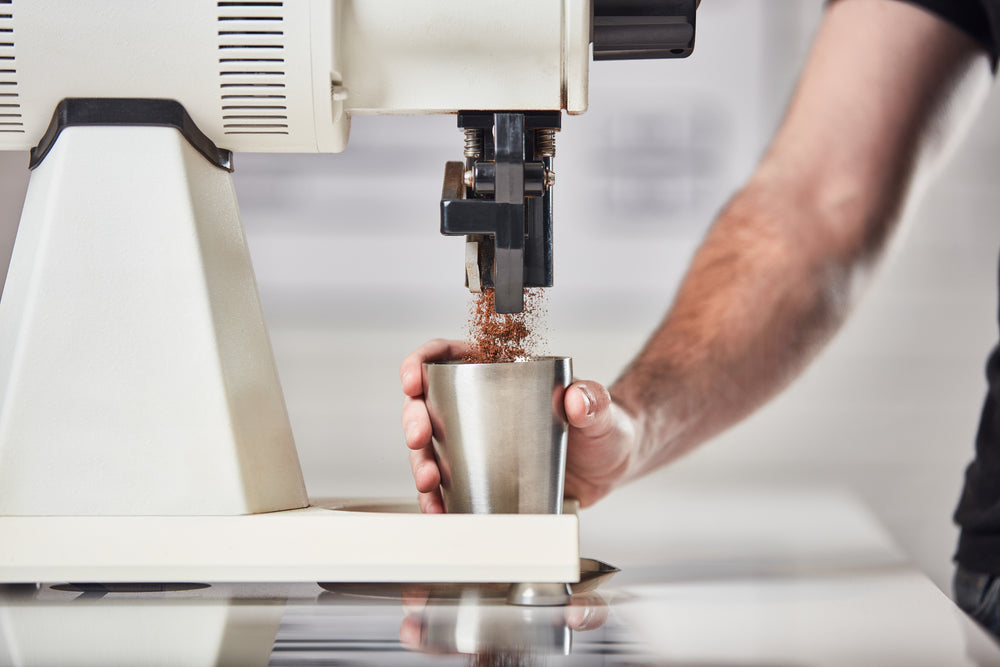Experimental Fermentations – What are they and how to do they affect the taste in my cup?
In the last 10 years, fermentation within the Speciality Coffee industry has gone through some major transformations. Whilst washed and naturals are since the dominant processes that we see being produced, there are now a plethora of processes that have been experimented with and streamlined. Things like Anaerobic, Extended Fermentations, Thermal-Shock, Carbonic Macerations have become more and more common place in the Speciality Industry. Even more recently, experiments with different cultures like wine yeasts and different acids have been incorporated into washed coffees. But, what do all these new processes actually mean, and what will it do to affect the taste in my cup. Trying new things is part of the fun of Speciality Coffee, but some idea of what to expect is always useful when buying new coffees that you are unsure about!
The reason that farmers began to experiment with these different processes was purely to see what could be done with the coffees they produce. With the advent of lighter roasts and more dynamic acidities winning competitions and becoming more desirable, farmers wanted to be able to bring out more of the complexity within the coffee they sell. If it naturally had an interesting red fruit quality, what could they do to enhance that. If it was quite citrusy, how much further could they push it?
Some of the earliest experimental fermentations that coffee producers began to do were playing with the environment that the coffee was fermented in. Anaerobic fermentation was the process to remove any oxygen from the environment that the coffee is in, attempting to slow down the fermentation and produce more ethanol and lactic acid. This would create really boozy and complex coffees. The increased ethanol that was produced in the fermentation would evaporate to leave acetic acid, and lactic acid would build up a creamier sensation within the coffee. Carbonic Maceration was a method of anaerobic fermentation which replaced the oxygen with Carbon Dioxide, whilst also breaking the coffee cherries to expose more of the sugars in the fruit. This would produce some interesting ferment dynamics, bringing out some more red fruit qualities, but often brings out woody notes and spicy bodies.
Farmers then started experimenting with extended fermentations. This would be using the washed method as a starting point, but rather than fermenting for a more standard 48 hours, they would start pushing it to 100 to sometimes even 200 hours. This would create some funky and strange flavours coming through, bubble gum or candy-floss qualities and intense stewed fruit notes. Ten years ago, these were a bit hit and miss, with some just being weird and not very pleasant, but nowadays the quality control has been streamlined to produce more consistently interesting AND pleasant qualities.
One of the more interesting and currant experiments that farmers are playing with is the addition of different yeasts and cultures to the washing process. Coffee that has been fermented with wine yeasts are becoming more and more prevalent. As the name suggests, this is a washed coffee where they are adding cultures predominantly used in fermenting wine grapes to the water tanks. These are producing some coffees that are quite out on a limb of the spectrum with lots of bright and dynamic acidity. Apple qualities are becoming pineapples, tropical fruits are coming through like mango and passionfruit and red fruits are becoming really fresh and zingy as opposed to stewed and rich. We had a white wine yeast fermented coffee about in 2021 that tasted like a Sancerre! Some producers are experimenting with adding lactic acid to the tanks, which are producing really creamy sensations in the body of the coffee.
The newest and craziest of these modern fermentations is the fruit fermented coffees we are seeing more and more of. You may have tried our Limited Edition Peach and Wine Yeast fermented coffee or our Strawberry Fermented coffees either in the Brew Bar or buying for at home. This is where the coffee farmers are growing their coffee and adding different elements to the fermentation tank like different fruits or woods to see what types of flavours can enhance the natural qualities of the beans. We have tried quite a few different samples over the last couple of years, from clementine to grape, apple cider vinegar to cinnamon sticks! Not all of them were up to scratch, but this process is opening up a whole new spectrum of what coffee can taste like and is a very exciting time in fermenting coffee.
Whilst knowing what these process’ are is half the battle, what should I be doing with these coffees when I brew at home. Treating anything with an extended or experimental fermentation like a classic washed medium roast is not going to produce very pleasant results. The increased acidity and more often lighter roasting that these beans will have can end up producing quite sour and acidic qualities; booziness may become vinegar, citrus may become orange peels, and you end up wasting all your coffee getting the perfect cup! For coffees like these, what I would recommend is changing some of the variables that you brew with. Try increasing the volume of liquid you are using to brew with, to get more extraction to balance the acids with more sweetness. You could also try increasing your brew time to get more extraction coming through - by either grinding finer for espresso and pour-overs and letting it steep for longer in cafetieres and aeropress’. You will also most likely have to grind on the finer side that you may normally, as even on a light roast these heavy fermentations will naturally increase the solubility of the coffee, which will naturally need a finer grind than a denser washed. Have a play with these metrics until you are happy with the taste coming through! When done right, these coffees can produce some really interesting complexity and lovely sweetness, they just need a little bit more finagling to get right!
